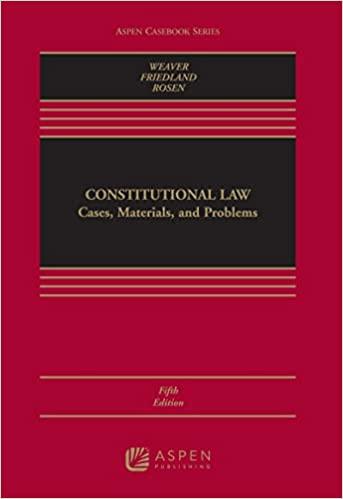Question
Fact Pattern: During the administrative hearing process noted in the assignment in Module 11, the CPSC filed a Motion for a Summary Disposition and Order
Fact Pattern:
During the administrative hearing process noted in the assignment in Module 11, the CPSC filed a Motion for a Summary Disposition and Order along with a supporting memorandum pursuant to 16 CFR 1025.25. The motion and memorandum argued that the consumer complaints received by the CPSC and the information CPSC agents obtained during their investigation, including the interviews with Kids Toys employees and the documents and sample products obtained from the Kids Toys facility, show that the Gamamahi is a substantial product hazard under the law resulting in a substantial risk of injury to the public.
Kids Toys provided a written response arguing that the Gamamahi is not a substantial product hazard as defined by the CPSA. The response included some studies and other information that Kids Toys relied upon in determining that the Gamamahi was a safe product. Kids Toys also requested a hearing on the motion.
The presiding officer denied the request for a hearing and granted the CPSC's motion for summary disposition. In doing so, the presiding officer ordered Kids Toys to send out a public notice that the toy is a substantial hazard, to stop manufacturing the Gamamahi until the toy is changed to make it safe, and to offer replacements or refunds to customers.
Pursuant to 16 CFR 1025.25(d) and 1025.53, Kids Toys appealed the presiding officer's granting of the summary decision to the Consumer Product Safety Commission. On appeal, the CPSC adopted the presiding officer's decision, saying simply that it believed the presiding officer correctly determined the facts as presented in the administrative record and correctly applied the law to the facts. As a result, the CPSC found that a summary decision was appropriate under 16 CFR 1025.25(c).
Kids Toys wants to appeal the decision to federal court. It also wants to argue on appeal that the CPSC regulations that permit the agency to interview employees when performing inspections, and to issue summary decisions without a full evidentiary hearing, are invalid because the relevant statutes do not authorize them. However, Kids Toys failed to raise these issues in the CPSC administrative hearing proceedings because it focused on responding to the request for summary disposition.
Answer the following questions:
1. What requirements must Kids Toys meet in order to appeal the CPSC decision to a federal court and are they met based on the facts?
Be sure to address all of the judicial review requirements and all of the relevant legal standards that Kids Toys must meet in order to appeal to federal court. You should use the relevant statutes, regulations, and cases in the course materials to do so. You may also need to access the Consumer Product Safety Act (CPSA) and the relevant Consumer Product Safety Commission regulations. Then, apply the facts to those legal standards, and come to a logical conclusion on each issue.
2. Can Kids Toys raise the issue of the agency regulations being invalid on appeal to a federal court if Kids Toys did not raise the issue during the administrative hearing process?
Explain why or why not, using the relevant legal standards from the course materials, including the cases. Then, apply the facts to those legal standards, and come to a logical conclusion on each issue.
Step by Step Solution
There are 3 Steps involved in it
Step: 1

Get Instant Access to Expert-Tailored Solutions
See step-by-step solutions with expert insights and AI powered tools for academic success
Step: 2

Step: 3

Ace Your Homework with AI
Get the answers you need in no time with our AI-driven, step-by-step assistance
Get Started


